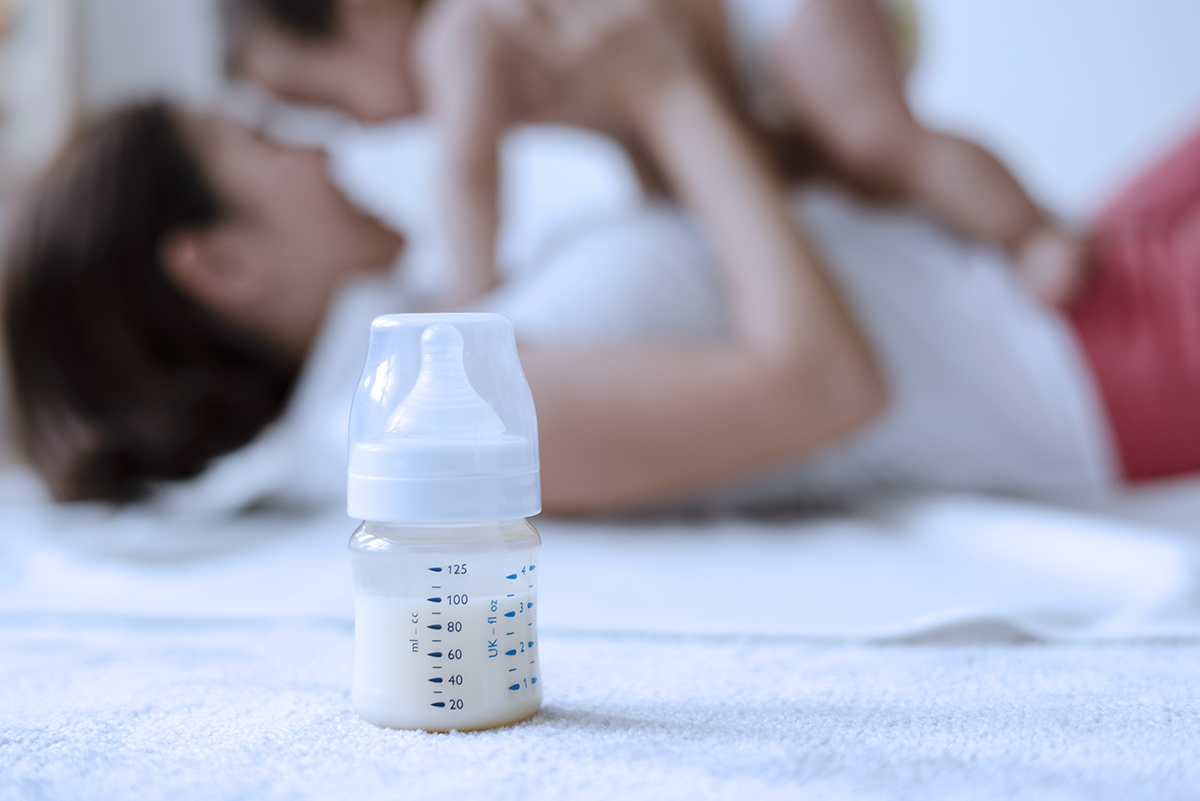
Effect of the incorporation of fortifiers and protein supplements on the osmolality of donated breast milk.
A premature baby has a very scarce reserve of water and nutritional elements. In addition, it presents alterations due to immaturity, in those systems related to digestion, absorption, metabolism and excretion of nutrients.
Fortification of breast milk
Breast milk is composed of 88% water from the mother’s body, with an osmolality of 286 mOsm/kg, which allows the newborn to maintain water balance. Fortification of breast milk (BF) is a common practice to obtain the nutrients necessary for the growth and development of the preterm infant.
However, with this procedure, its osmolality may increase. According to the American Paediatrics, American Academy of Pediatrics, it is recommended not to exceed 450 mOsm/kg (approximately 400 mOsm/L) in the infant’s diet, although the safety limit is estimated to be between 400 and 600 mOsm/kg.
In the study conducted between 2018 and 2019 by the Neonatology Service of the Hospital Universitario y Politécnico La Fe, as well as by the Perinatology Research Group of the Instituto de Investigación Sanitaria La Fe and the Pharmacy Service of the, Hospital Universitario y Politécnico La Fe de Valencia. The osmolality of human milk donated to the regional milk bank (Banco de Leche Materna de la Comunidad Valenciana, BLMCV), which did not meet the criteria established by the bank to be administered to patients, but whose donors signed an informed consent form allowing its use in the research, was analyzed. The objective was to determine the actual osmolality of donated, thawed and fortified breast milk.
METHODOLOGY
An analysis of breast milk from 6 healthy mothers, without fortification, and with 4 levels of fortification was performed. Samples were measured in triplicate at 0, 4, 9 and 24 h after preparation. They were stored refrigerated (2-8 ◦C) between measurements.
Osmolality was measured with an Advanced Instruments Fiske 210 uni-sample osmometer that determines the osmolality of solutions by freezing point depression. It uses a high-precision probe to measure sample temperature by freezing the sample.
RESULTS
After analysis of a total of 30 samples from 6 healthy mothers, without fortification and with 4 fortification schemes. Each sample was analyzed at 4 time points, taking each measurement 3 times, resulting in a total of 360 measurements. The results obtained were as follows:
- The addition of vitamins (B fortification) did not increase osmolality to a clinically relevant degree compared to unfortified DHM, with a baseline osmolality of 347.33 ± 19.22 increasing with time to 354.11±19.12 mOsm/kg at 24 hours, and the differences in the comparison with non-fortified milk were not significant (P = 0.971).
- In the case of modular protein addition (PreNAN FM85©) resulted in a significant increase in baseline osmolality that also increased significantly over time (P < 0.001, 0.007 and 0.007 in the comparison of type A fortification with types C, D and E, respectively), but there were no differences in osmolality between fortification schemes C, D and E fortification schemes.
- With PreNAN FM85© (type C) the baseline osmolality at t = 0 was 432.33 mOsm/kg (SD, 14.49), was different from the osmolality indicated in the summary of product characteristics (osmolality = 339 mOsm/L, which is equivalent to 381 mOsm/kg), but was still within a range considered safe.
The results obtained suggest, therefore, that there is a clear trend of decreasing osmolality with increasing protein supplementation.
The resulting increase in osmolality was within the range accepted as safe, so that it is possible to prepare milk for PT infants in the neonatal intensive care unit once a day and keep it refrigerated without a dangerous increase in osmolality at the time of administration. The increase in osmolality associated with the addition of a multivitamin to DHM without any other fortifier does not exceed the threshold considered safe for the nutrition of PT infants.






